Holcim Foundation Awards celebrate sustainability with 20 winners; Sou Fujimoto explains all
The 2025 Holcim Foundation Awards have just been announced, crowning 20 projects from across the globe as the most inspirational schemes in the field of sustainable architecture; we caught up with Asia Pacific jury chair Sou Fujimoto to find out more
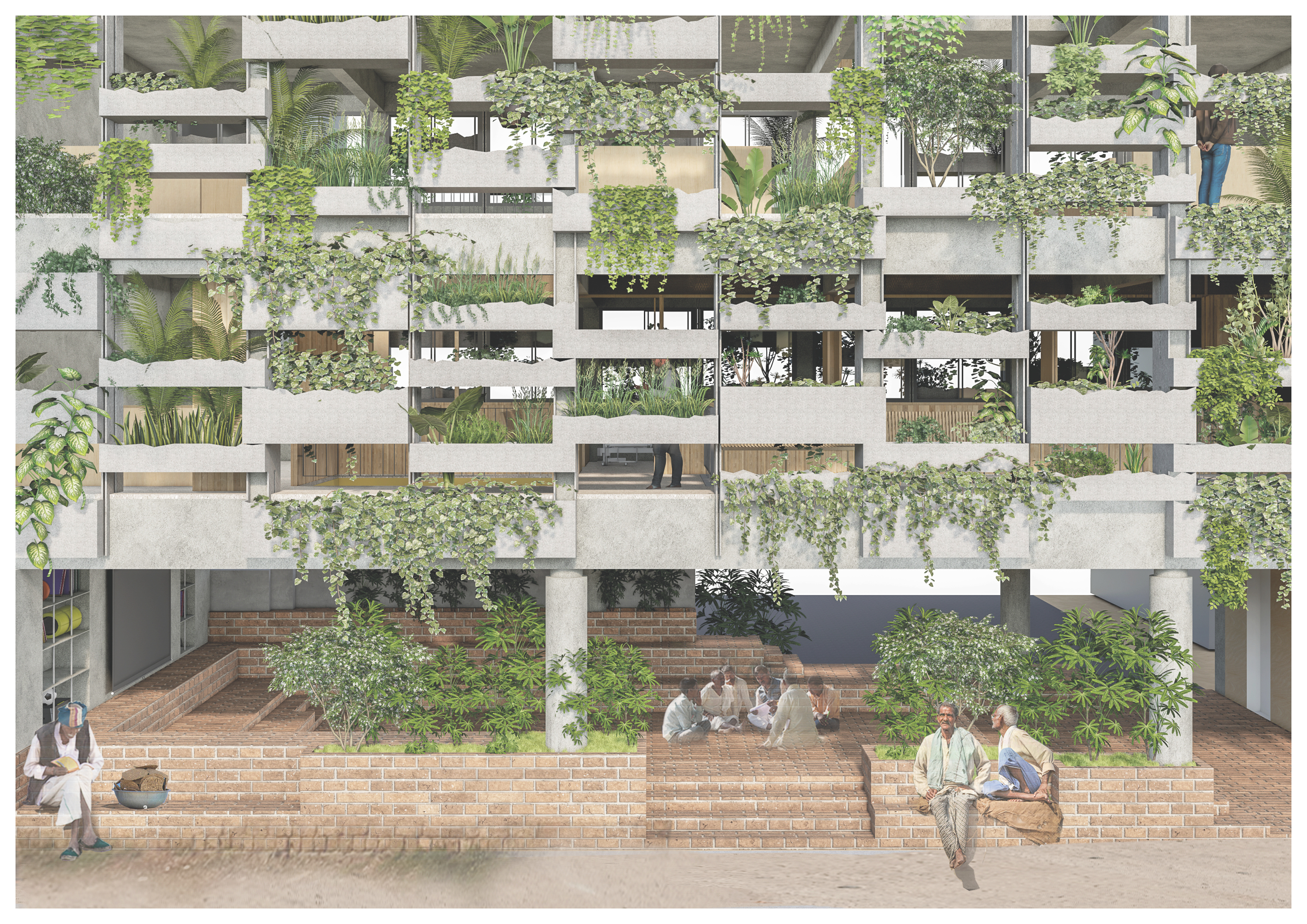
The Holcim Foundation Awards have just announced 20 winning projects for the honour's 2025 cycle. The accolade, which flags ambition and inspiration in ongoing schemes in the realm of architecture and sustainability, was designed to highlight work that offers ‘a modern definition of best practice in sustainable design’, the organisers explain.
Organised across five territories – Asia Pacific, Europe, Latin America, the Middle East and Africa, and North America – the 2025 Holcim Foundation Awards were judged by dedicated juries for each region grouping. A prize pool of 1 million USD is then divided across the winners, with five regional Grand Prize winners being pulled from their respective territory winning schemes. All winners are celebrated equally, while the Grand Prize winners will be announced in an awards ceremony in Venice on 20 November 2025.
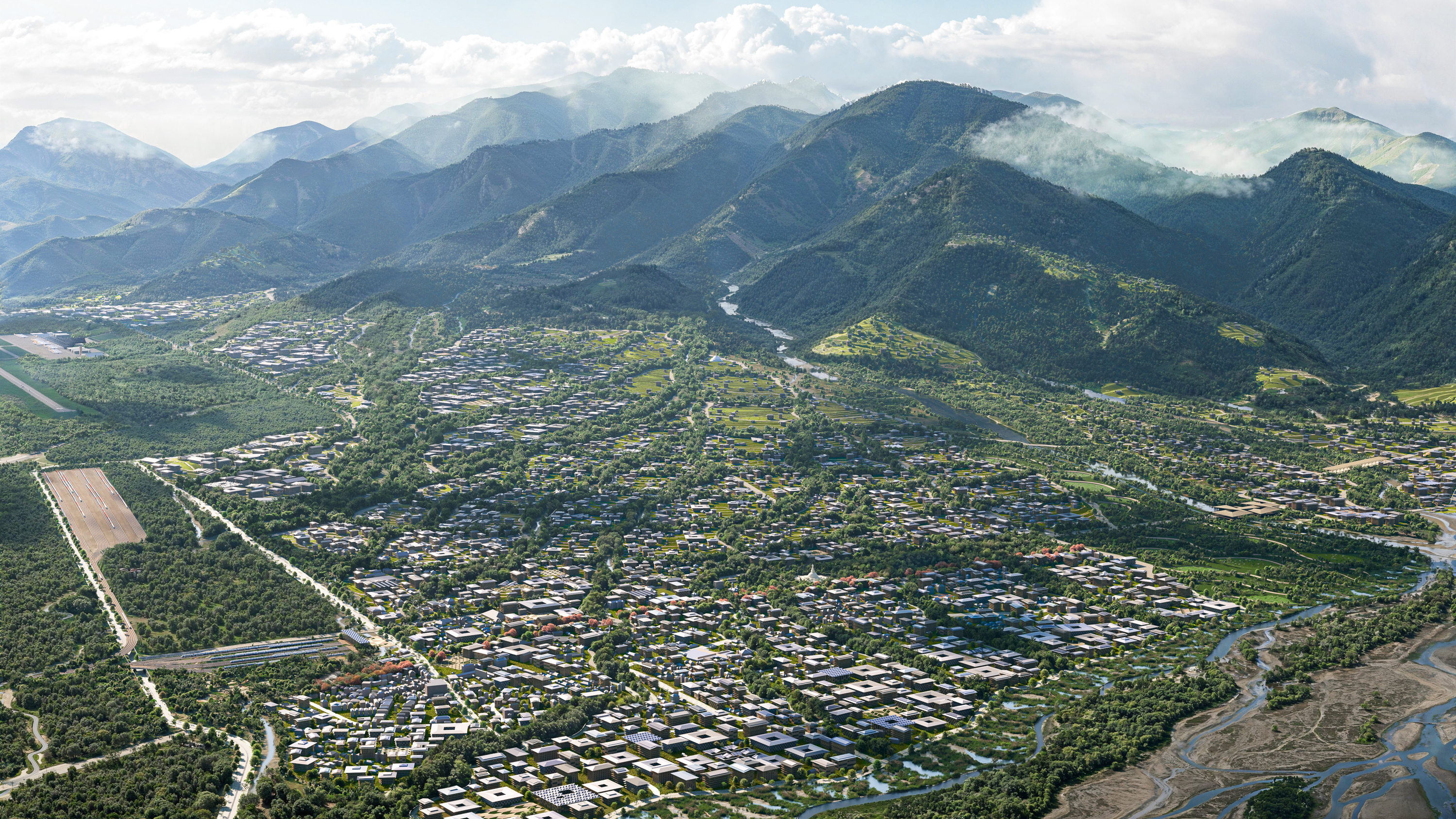
Asia Pacific region winner: Gelephu Mindfulness City - Gelephu, Bhutan | BIG – BJARKE INGELS GROUP
The 2025 Holcim Foundation Awards - through the eyes of Sou Fujimoto
What marks a truly sustainable project? The organisation behind the awards, the Holcim Foundation for Sustainable Construction, defines this as a design that promotes a healthy planet through sensible resource management and future-proofed impact in both construction and in terms of viable economics; supports its users and helps communities thrive; and ultimately, creates uplifting places for its users to enjoy.
Sou Fujimoto served as jury chair for the Asia Pacific region (the other jury chairs include Kjetil Trædal Thorsen, Sandra Barclay, Lina Ghotmeh and Jeanne Gang). We met with him to find out more about the prestigious award and its goals.
Wallpaper*: What were you looking for when judging the award?
Sou Fujimoto: [The main criterion was] sustainability – we were looking for the future. The entries were so varied, from a tiny project relating to the local community to large-scale national projects. In the end, we got a good balance. It is important to talk about choice and balancing scale. It’s a key message. So it's like we don’t have a single direction, but several, and even smaller projects can be very significant.
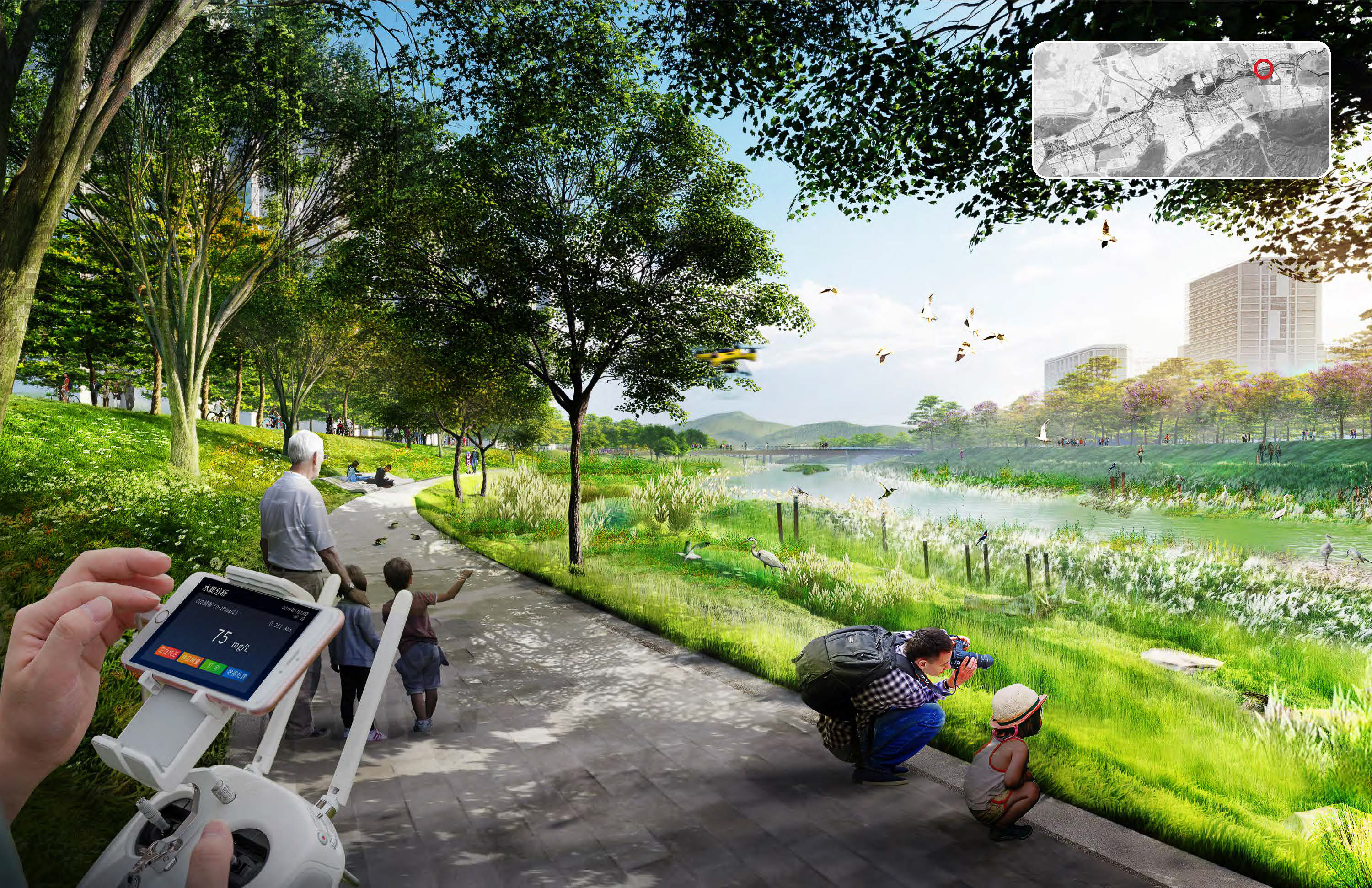
Asia Pacific region winner: Pingshan River Blueway Landscape - Shenzhen, China | SASAKI ASSOCIATES, INC.
W*: That is so true. There is a smaller community space, but also an entire city among your winners. How do you compare them?
Receive our daily digest of inspiration, escapism and design stories from around the world direct to your inbox.
SF: Even bigger projects are for human beings. They affect larger populations, but you still want them to be connected to the human element. Everything ultimately relates to human activities and the environment.
W*: How do you feel might awards make a difference? Why do awards matter?
SF: Recognition is important for a designer and their client, but of course, I think it's more important for the public, because they will see what is appreciated, and they will see the overall message. We are always thinking about our contribution to society, and to the world, for the Earth.
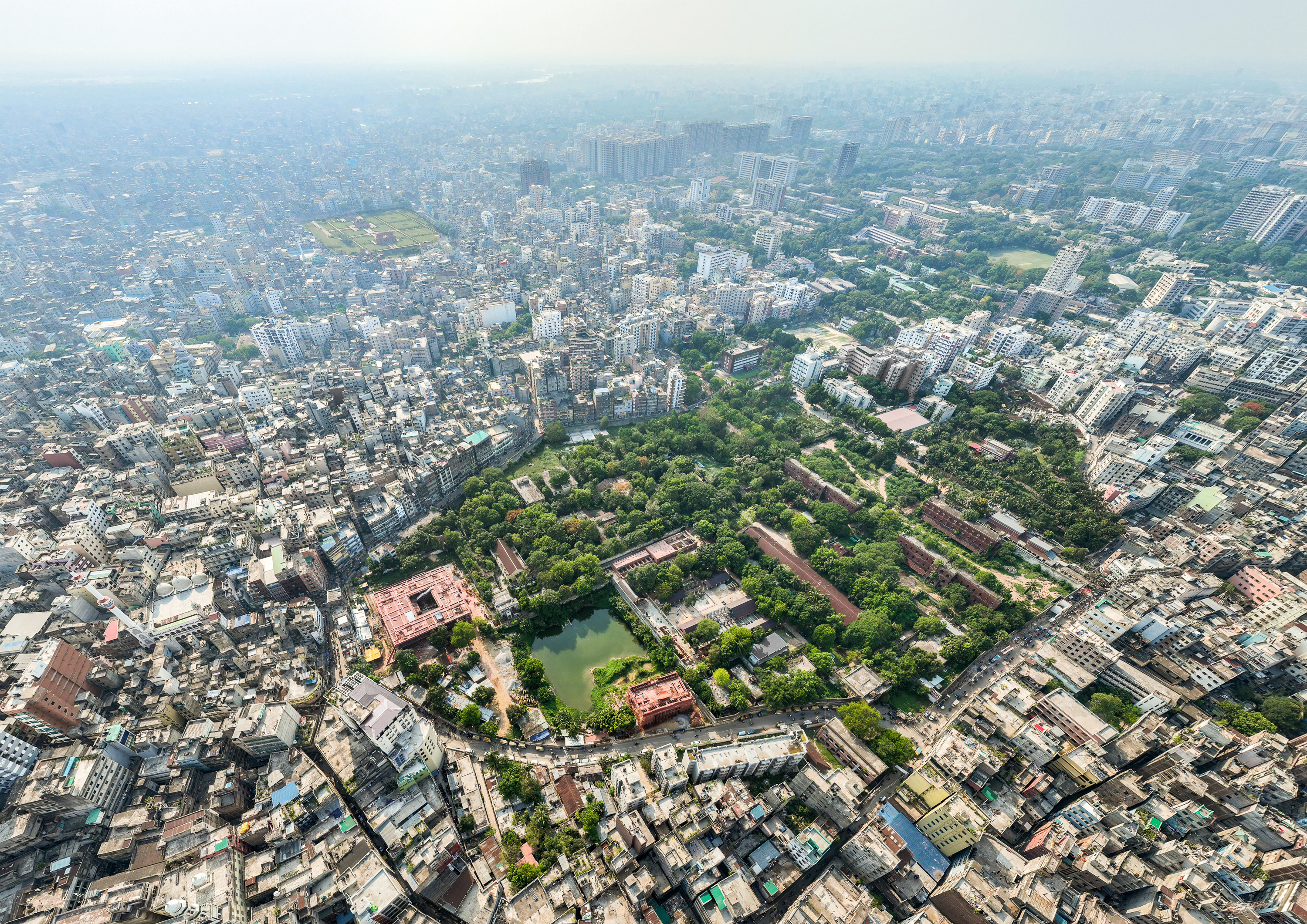
Asia Pacific region winner: Old Dhaka Central Jail Conservation - Dhaka, Bangladesh | FORM.3 ARCHITECTS
W*: Did you see common threads among the entries overall, or the winners?
SF: Every region has its different ways of addressing things and expressing solutions. Natural materials, recycling, reusing, and refurbishment were central everywhere – I’d say maybe using natural materials was the most common thread found. At the same time, it’s good to have different directions; it is very helpful, because sometimes forcing one direction can be quite restrictive.
W*: Does this approach of getting closer to nature and natural materials resonate in your own work?
SF: I grew up in Hokkaido, Northern Japan, and there, I was surrounded by nature. I was playing in nature, in the forest. That was my childhood. And then, of course, I came to Tokyo, which is a super artificial city, full of winding, narrow streets, electric poles and cables, and it can be rather chaotic. But it also grew organically; it’s an ecosystem, so in a way, my childhood and this big city overlapped. Now, I am trying to create architecture like a forest, together with greenery and trees, and with natural materials. We should understand the environment and not divide it from architecture.
20 ambitious and inspirational winning projects - the complete list
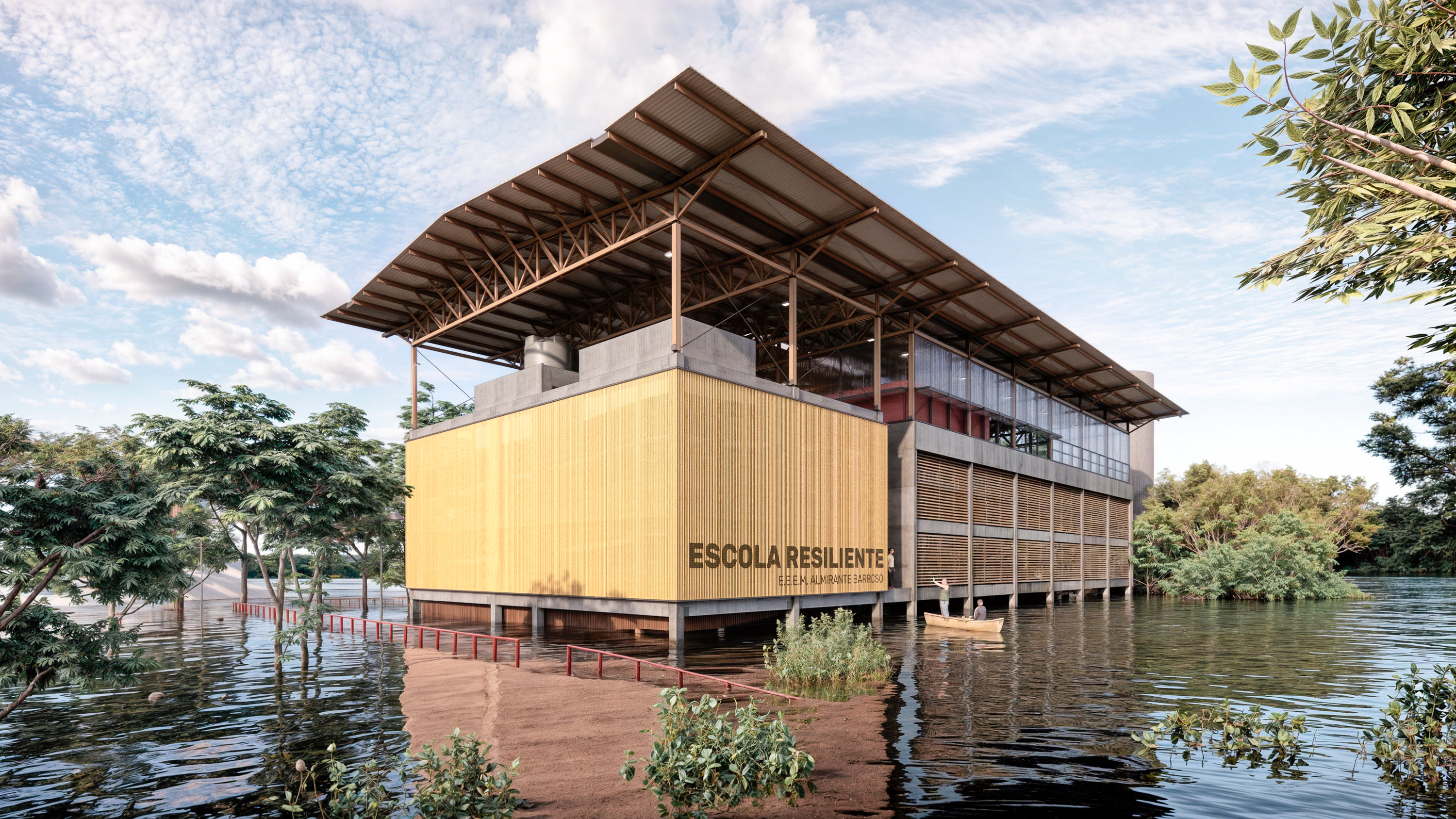
Latin America winner: Schools for Flood-Prone Areas - Porto Alegre, Brazil | ANDRADE MORETTIN ARQUITETOS ASSOCIADOS, SAUERMARTINS
Asia Pacific
Gelephu Mindfulness City - Gelephu, Bhutan | BIG – BJARKE INGELS GROUP
Healing Through Design - Bengaluru, India | THE AGAMI PROJECT / A THRESHOLD
Old Dhaka Central Jail Conservation - Dhaka, Bangladesh | FORM.3 ARCHITECTS
Pingshan River Blueway Landscape - Shenzhen, China | SASAKI ASSOCIATES, INC.
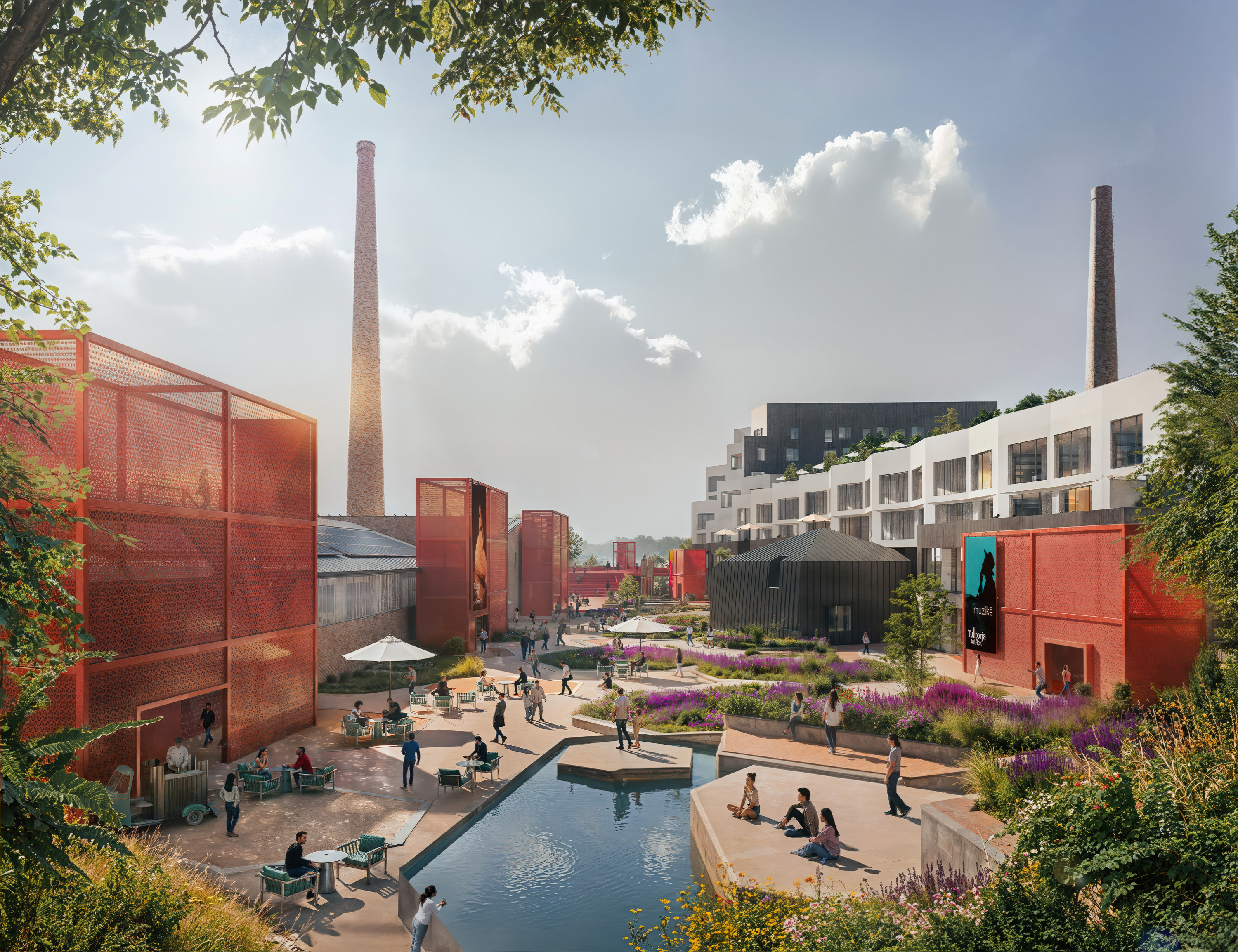
Europe winner: Art-Tek Tulltorja - Pristina, Kosovo | RAFI SEGAL A+U, OFFICE OF URBAN DRAFTERS, ORG PERMANENT MODERNITY, STUDIO REV
Europe
Art-Tek Tulltorja - Pristina, Kosovo | RAFI SEGAL A+U, OFFICE OF URBAN DRAFTERS, ORG PERMANENT MODERNITY, STUDIO REV
School in Gaüses - Girona, Spain | TED'A ARQUITECTES
The Crafts College - Herning, Denmark | DORTE MANDRUP
The Southern River Parks - Madrid, Spain | ALDAYJOVER ARCHITECTURE AND LANDSCAPE
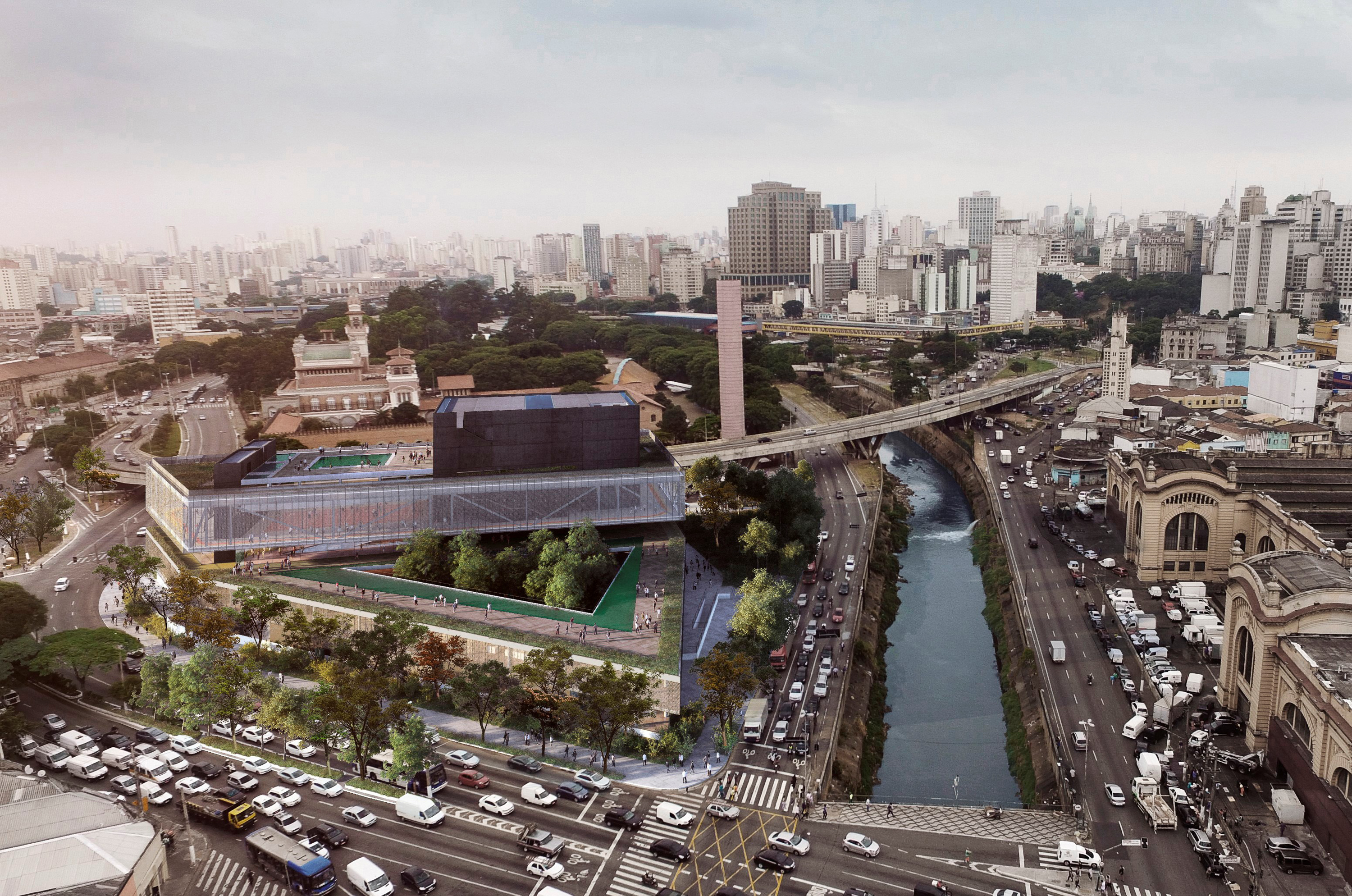
Latin America winner: Sesc Parque Dom Pedro II - São Paulo, Brazil | UNA ARQUITETOS
Latin America
Barrio Chacarita Alta Housing - Asunción, Paraguay | MOS ARCHITECTS & ADAMO FAIDEN
Return of the Lost Gardens - Medellín, Colombia | CONNATURAL
Schools for Flood-Prone Areas - Porto Alegre, Brazil | ANDRADE MORETTIN ARQUITETOS ASSOCIADOS, SAUERMARTINS
Sesc Parque Dom Pedro II - São Paulo, Brazil | UNA ARQUITETOS
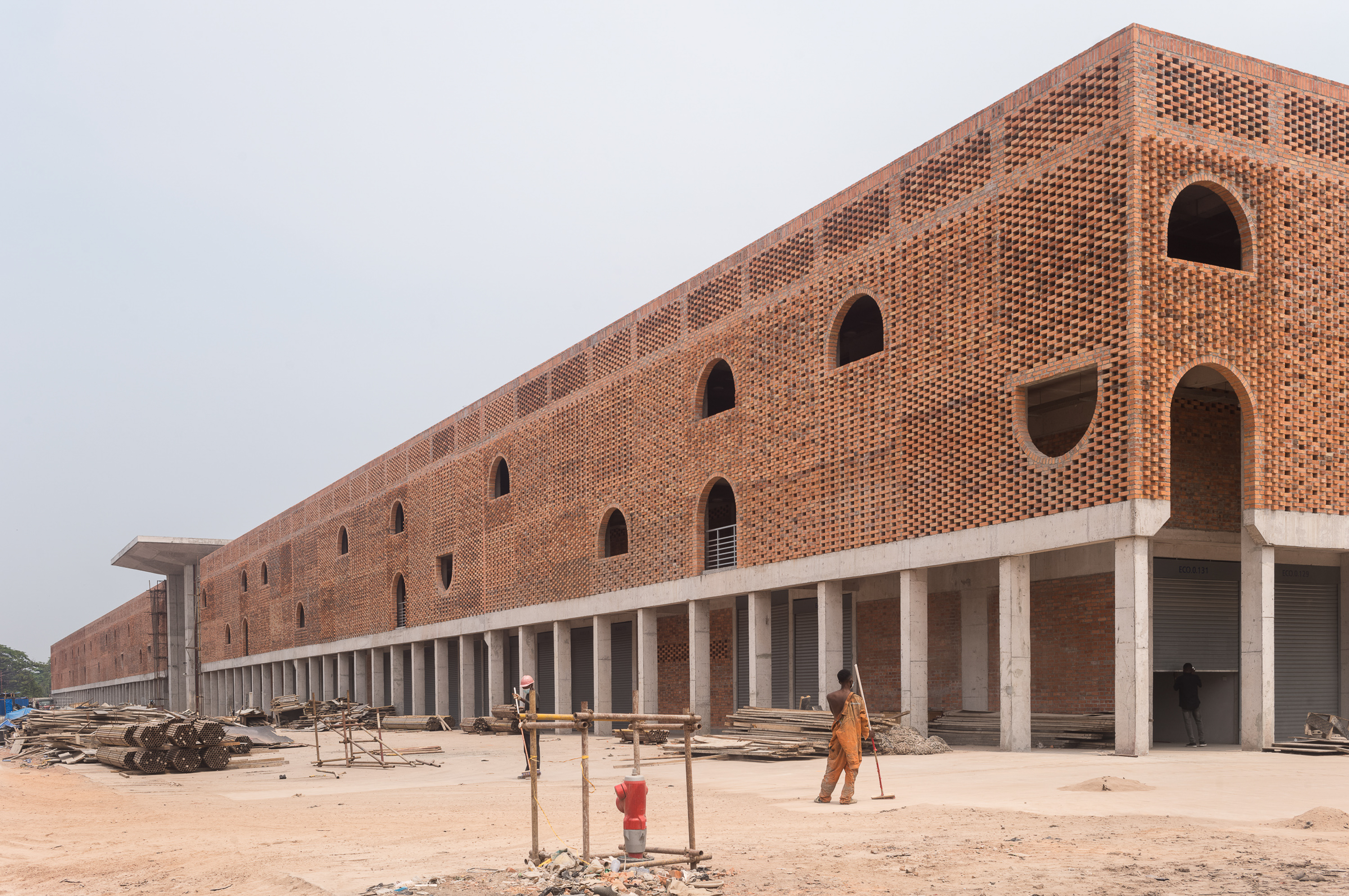
Middle East and Africa winner: Zando Central Market - Kinshasa, Democratic Republic of the Congo | THINK TANK ARCHITECTURE
Middle East & Africa
Brookside Secondary School - Asaba, Nigeria | STUDIO CONTRA
Qalandiya: the Green Historic Maze - Qalandiya, Palestinian Territory | RIWAQ – CENTRE FOR ARCHITECTURAL CONSERVATION
Waldorf School - Nairobi, Kenya | URKO SÁNCHEZ ARCHITECTS
Zando Central Market - Kinshasa, Democratic Republic of the Congo | THINK TANK ARCHITECTURE
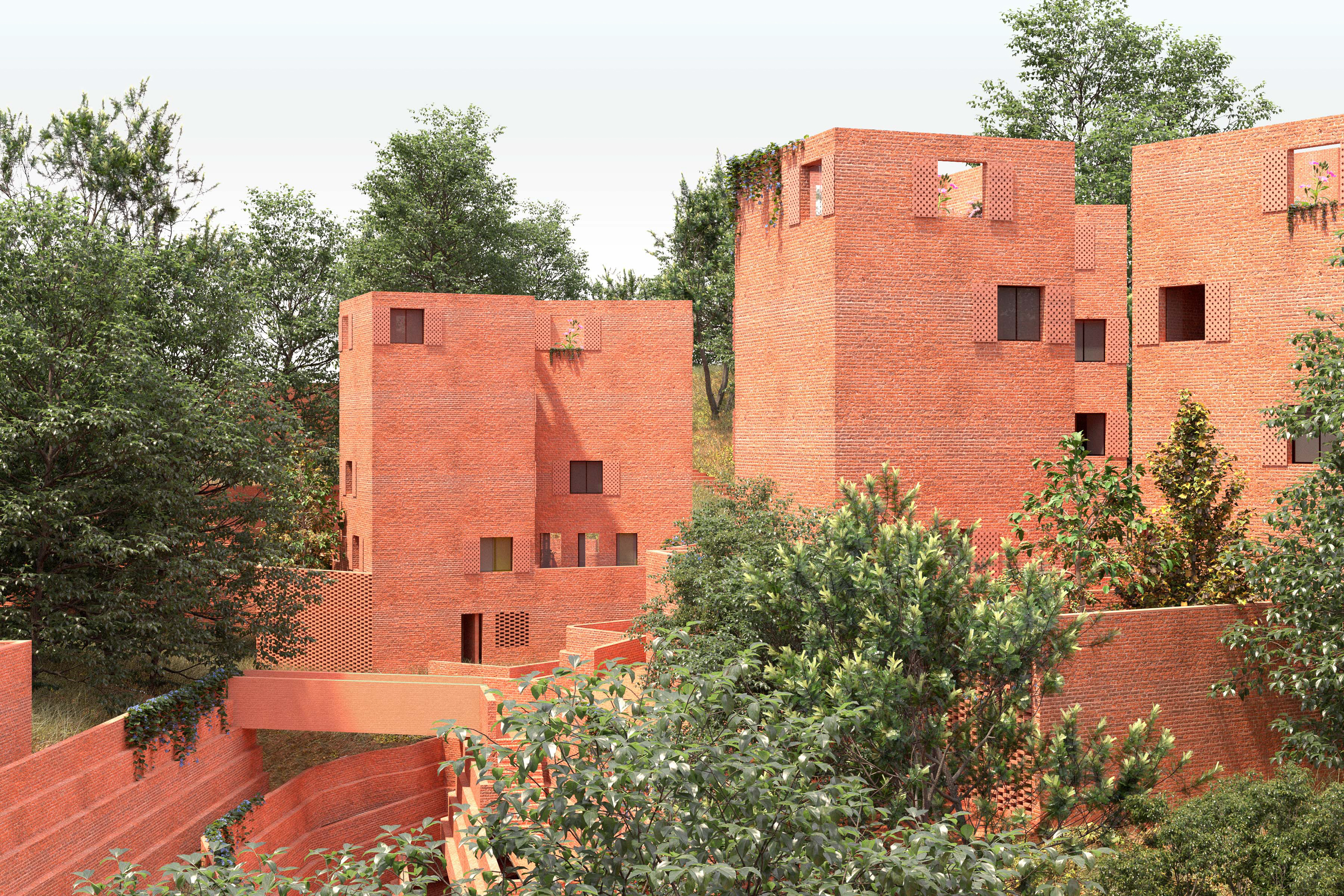
Latin America winner: Barrio Chacarita Alta Housing - Asunción, Paraguay | MOS ARCHITECTS & ADAMO FAIDEN
North America
Buffalo Crossing Visitor Centre - Winnipeg, MB, Canada | STANTEC ARCHITECTURE
Lawson Centre for Sustainability - Toronto, ON, Canada | MECANOO ARCHITECTEN
Moakley Park - Boston, MA, United States | STOSS LANDSCAPE URBANISM
Portland Intl. Main Terminal - Portland, OR, United States | ZGF
Ellie Stathaki is the Architecture & Environment Director at Wallpaper*. She trained as an architect at the Aristotle University of Thessaloniki in Greece and studied architectural history at the Bartlett in London. Now an established journalist, she has been a member of the Wallpaper* team since 2006, visiting buildings across the globe and interviewing leading architects such as Tadao Ando and Rem Koolhaas. Ellie has also taken part in judging panels, moderated events, curated shows and contributed in books, such as The Contemporary House (Thames & Hudson, 2018), Glenn Sestig Architecture Diary (2020) and House London (2022).
-
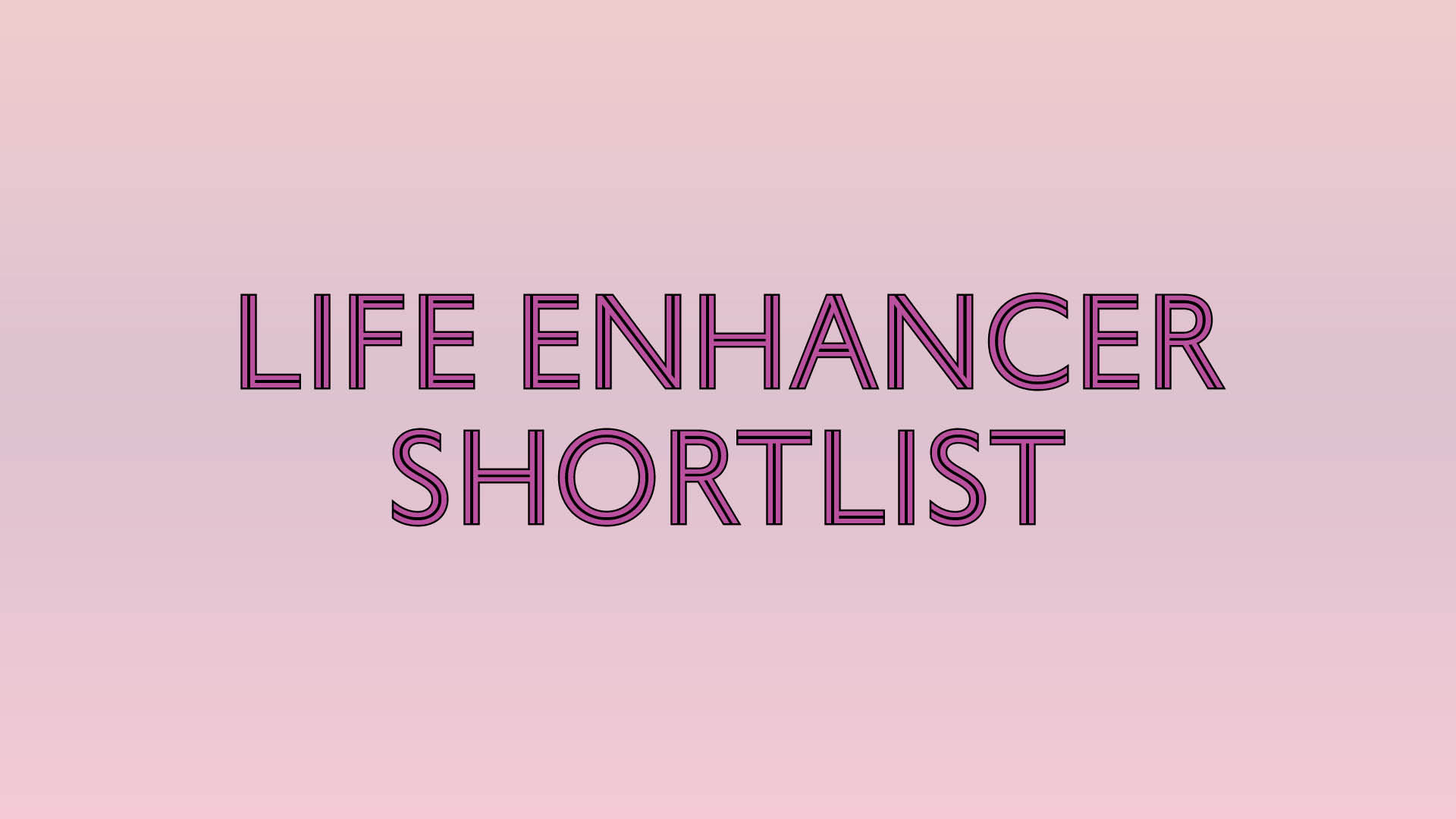 Wallpaper* Design Awards 2026: Life-enhancer of the year shortlist
Wallpaper* Design Awards 2026: Life-enhancer of the year shortlistDiscover the shortlist for Life-Enhancer of the Year in the Wallpaper* Design Awards 2026, from an innovative night light to a blueprint for play
-
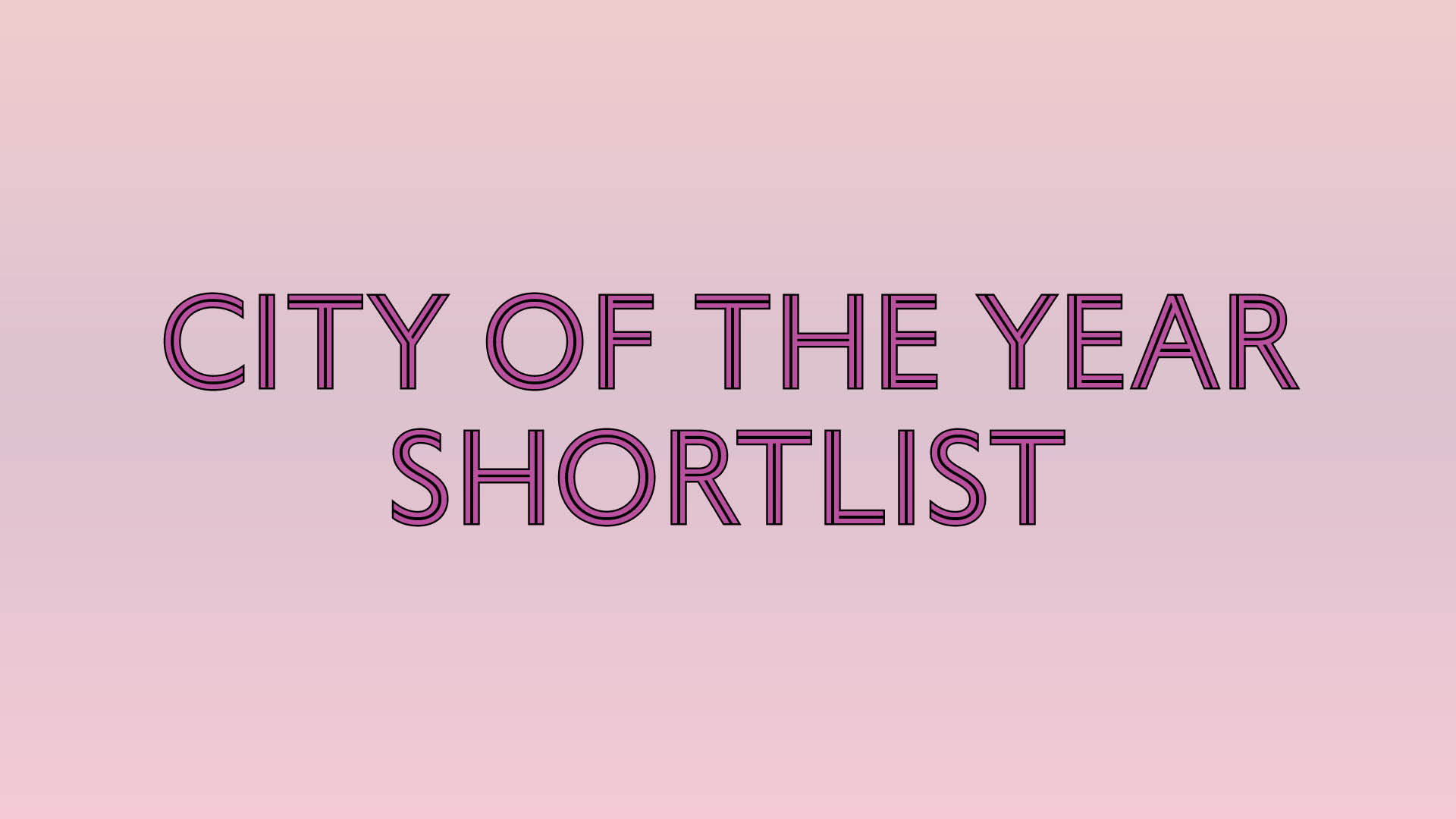 Wallpaper* Design Awards 2026: City of the Year shortlist
Wallpaper* Design Awards 2026: City of the Year shortlistExplore the nominated urban locations making an impact in design, architecture and contemporary culture
-
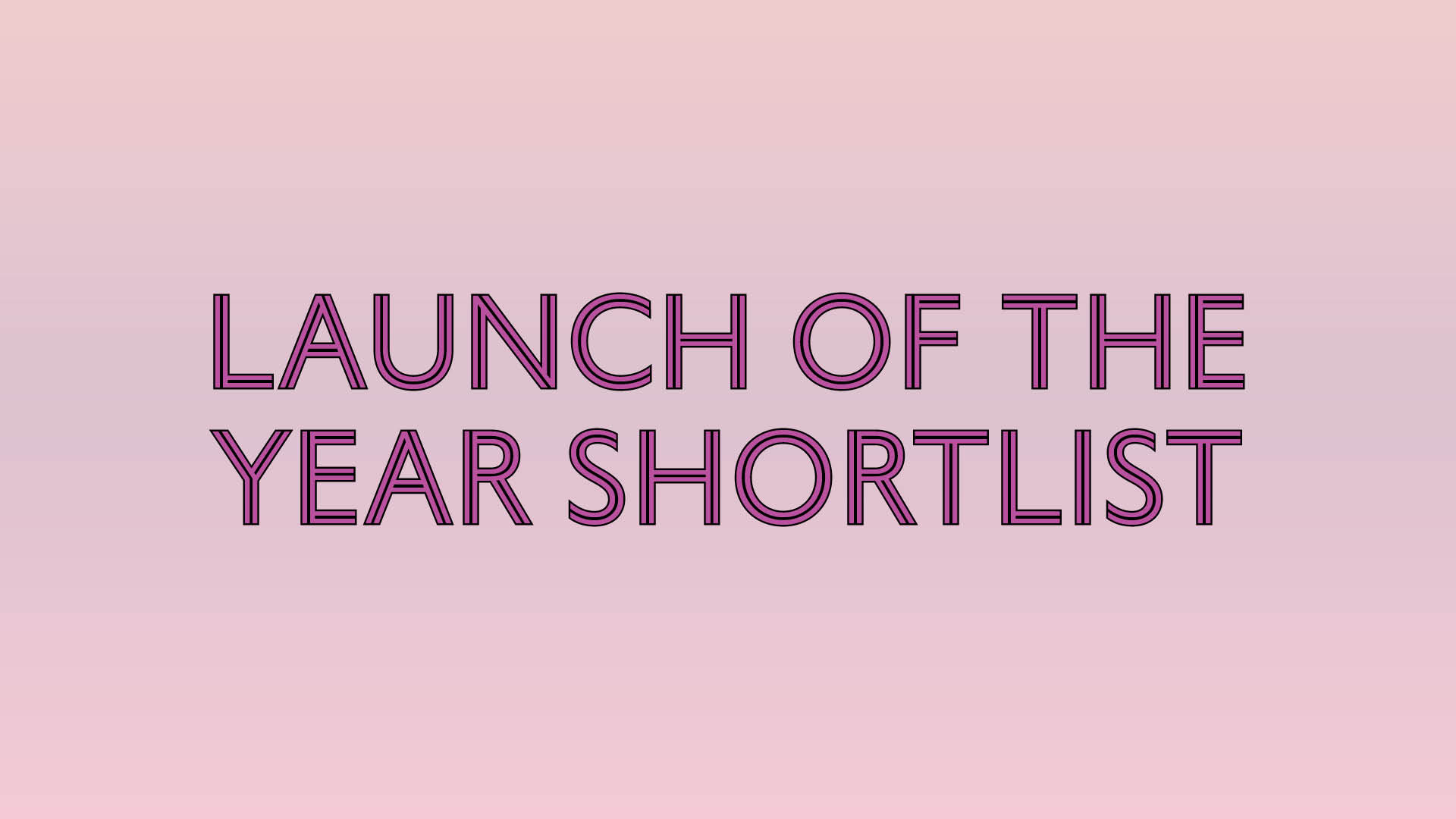 Wallpaper* Design Awards 2026: Launch of the year shortlist
Wallpaper* Design Awards 2026: Launch of the year shortlistDiscover the shortlist for Launch of the Year in the Wallpaper* Design Awards 2026, from an innovative museum concept to a glass-like hydrating face mask
-
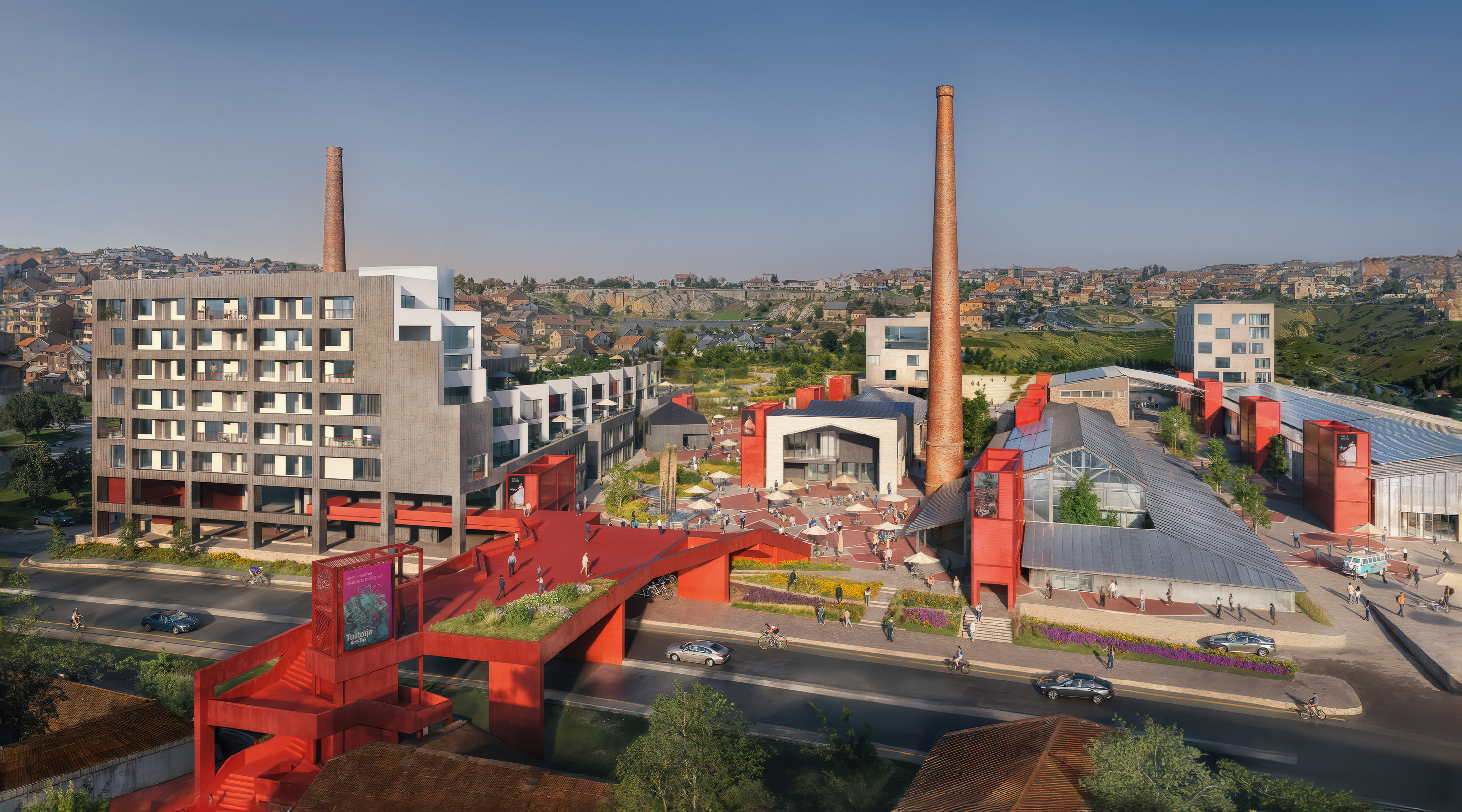 At the Holcim Foundation Forum and its Grand Prizes, sustainability is both urgent and hopeful
At the Holcim Foundation Forum and its Grand Prizes, sustainability is both urgent and hopefulThe Holcim Foundation Forum just took place in Venice, culminating in the announcement of the organisation's Grand Prizes, the projects especially honoured among 20 previously announced winning designs
-
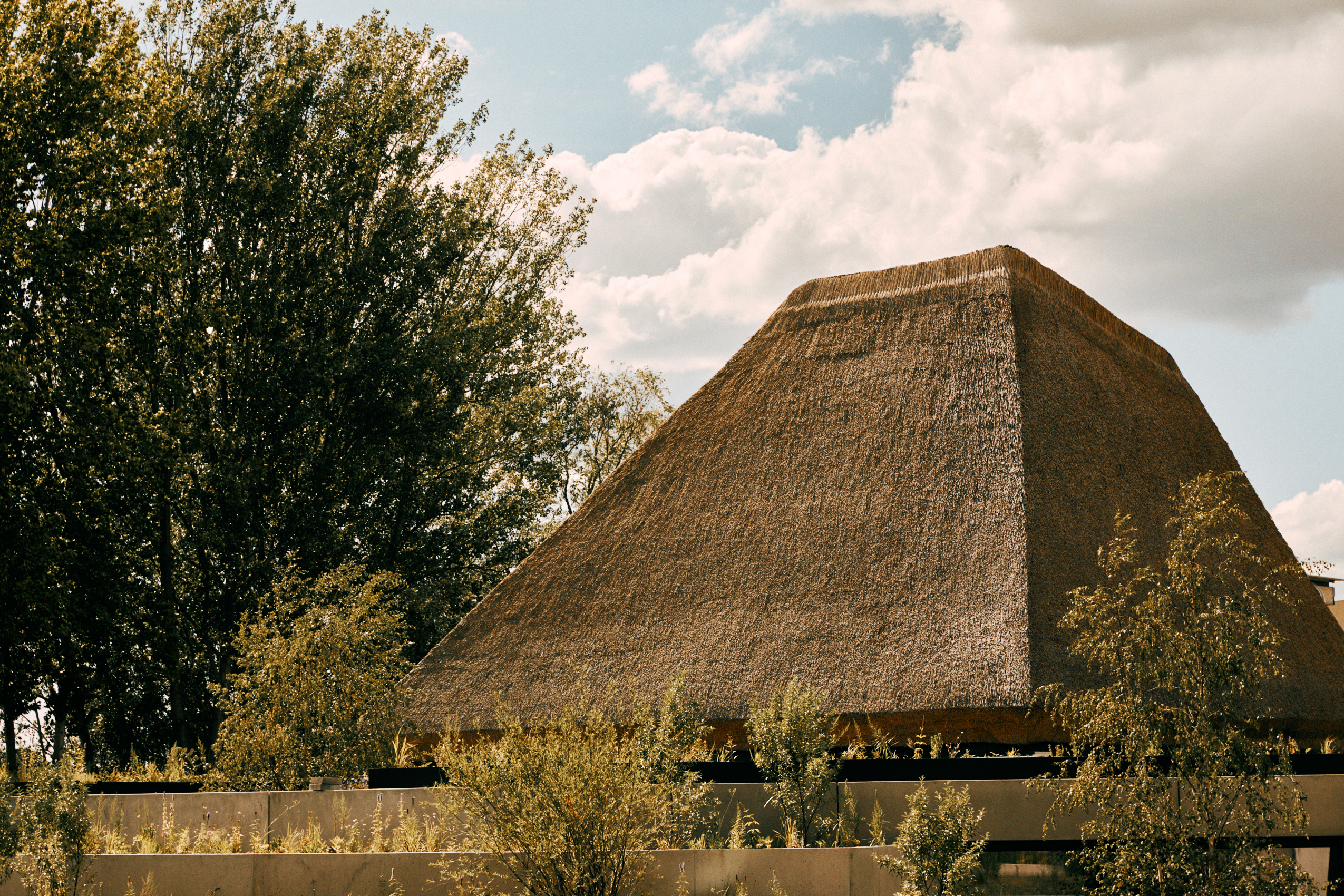 What are biomaterials? Everything you need to know about Mother Nature's building blocks
What are biomaterials? Everything you need to know about Mother Nature's building blocksCould the cities of the future be grown from plants, bacteria and fungi? Architects explain
-
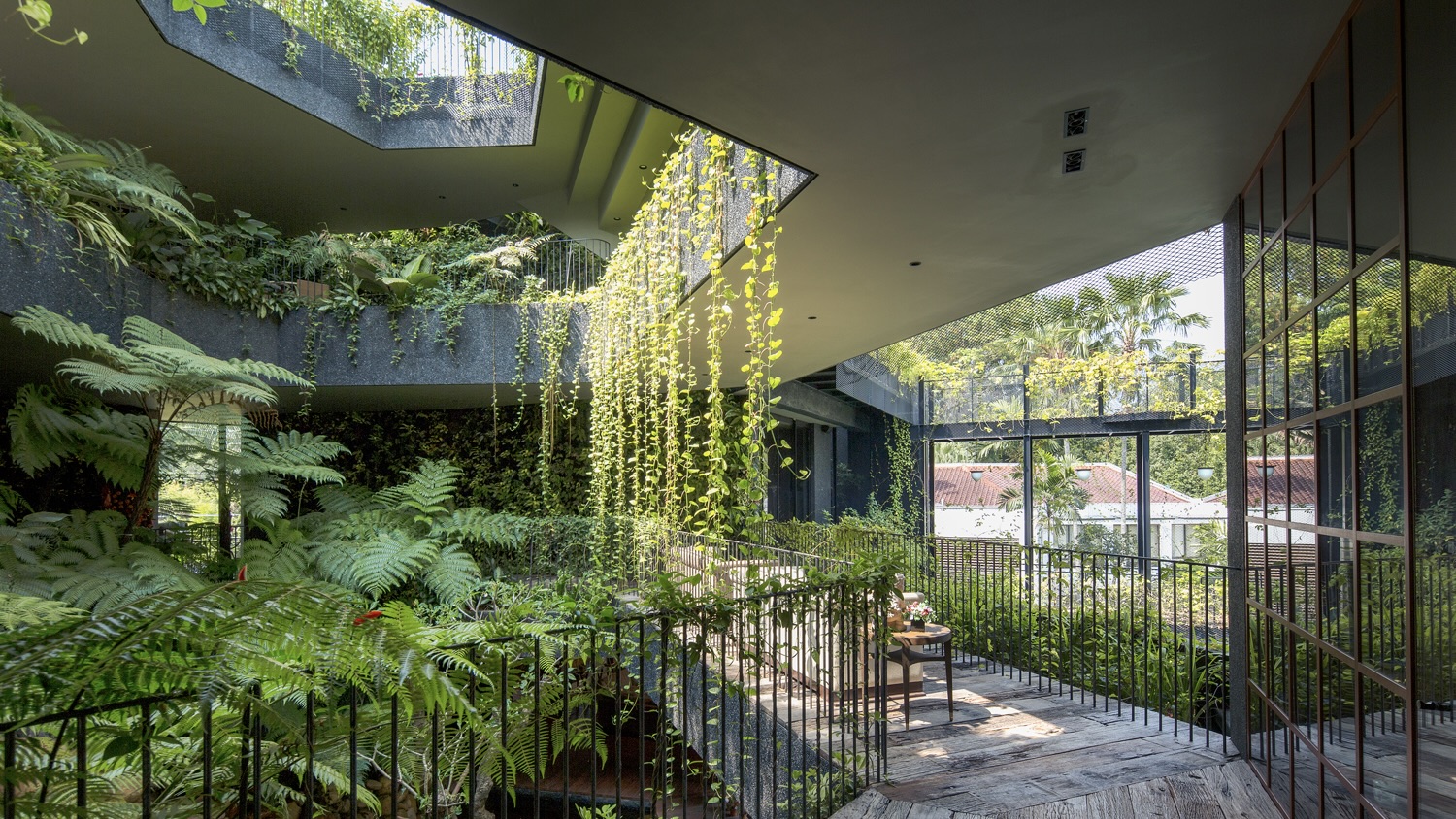 What is eco-brutalism? Inside the green monoliths of the movement
What is eco-brutalism? Inside the green monoliths of the movementThe juxtaposition of stark concrete and tumbling greenery is eminently Instagrammable, but how does this architectural movement address the sustainability issues associated with brutalism?
-
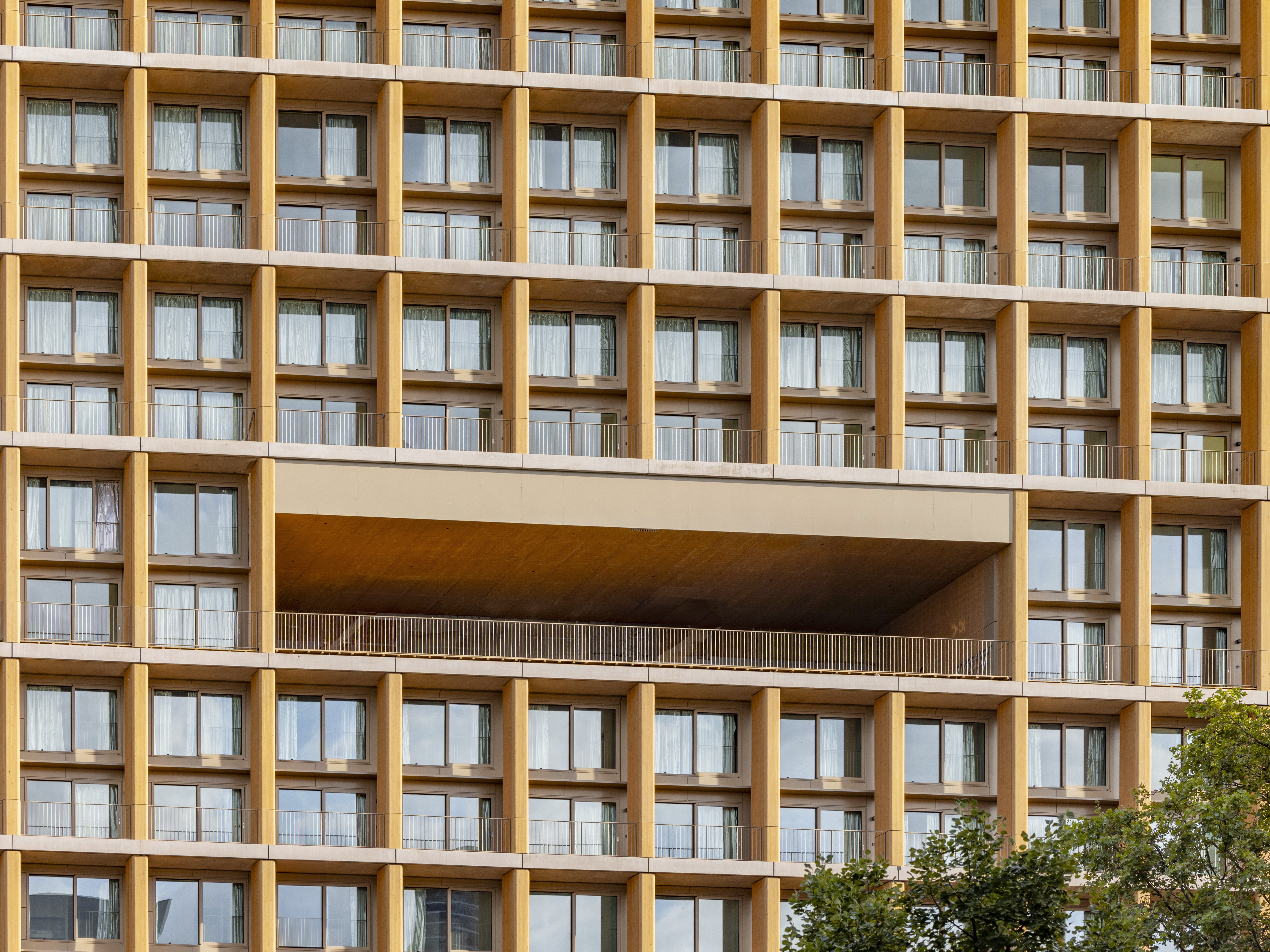 Explore wood architecture, Paris' new timber tower and how to make sustainable construction look ‘iconic’
Explore wood architecture, Paris' new timber tower and how to make sustainable construction look ‘iconic’A new timber tower brings wood architecture into sharp focus in Paris and highlights ways to craft buildings that are both sustainable and look great: we spoke to project architects LAN, and explore the genre through further examples
-
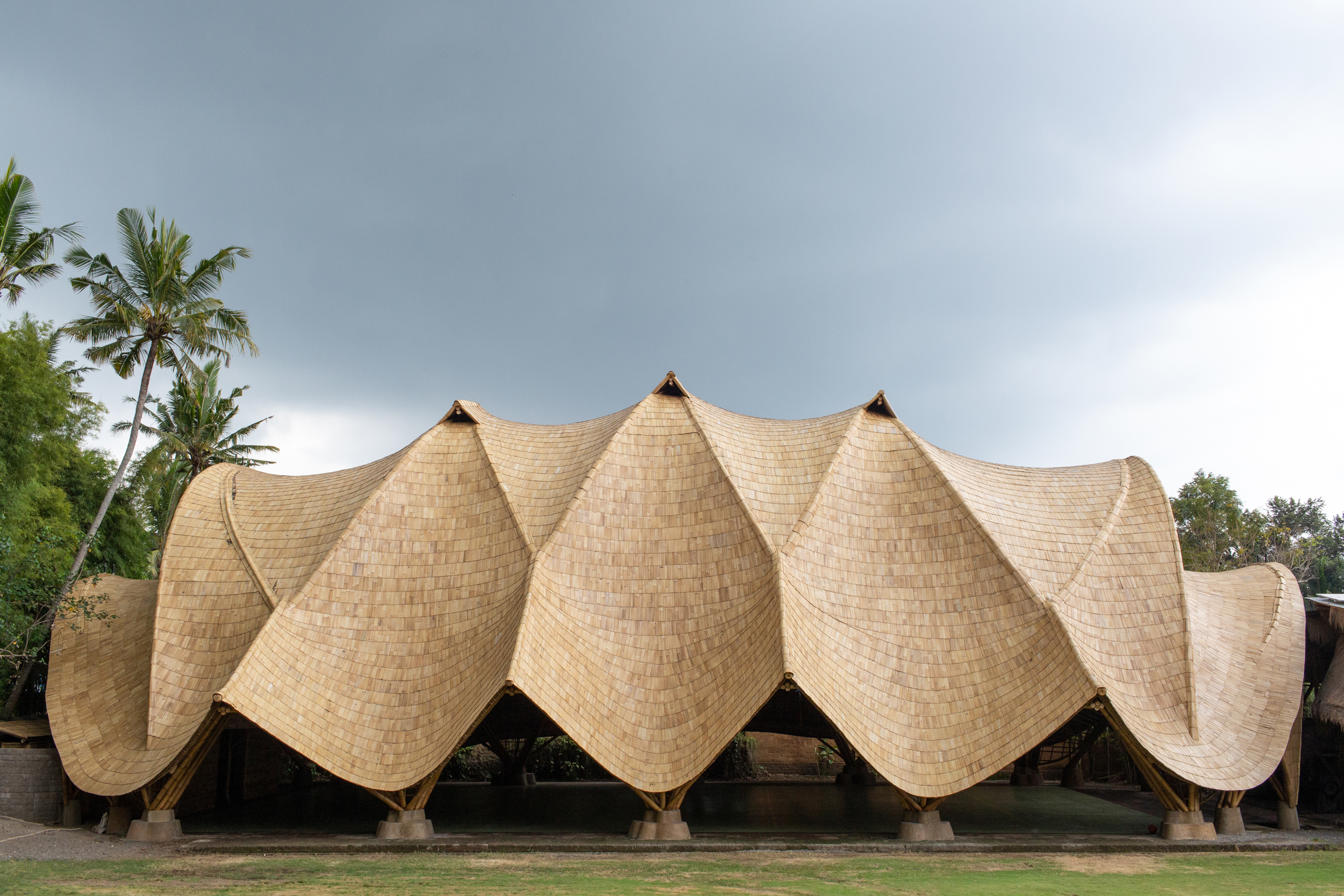 Building with bamboo: In Bali, designer, Elora Hardy, shares her tips and experience
Building with bamboo: In Bali, designer, Elora Hardy, shares her tips and experienceBamboo architecture can be powerful and sustainable; here, we talk to Ibuku's Elora Hardy, who shares her tips, thoughts and experience in working with the material in Bali
-
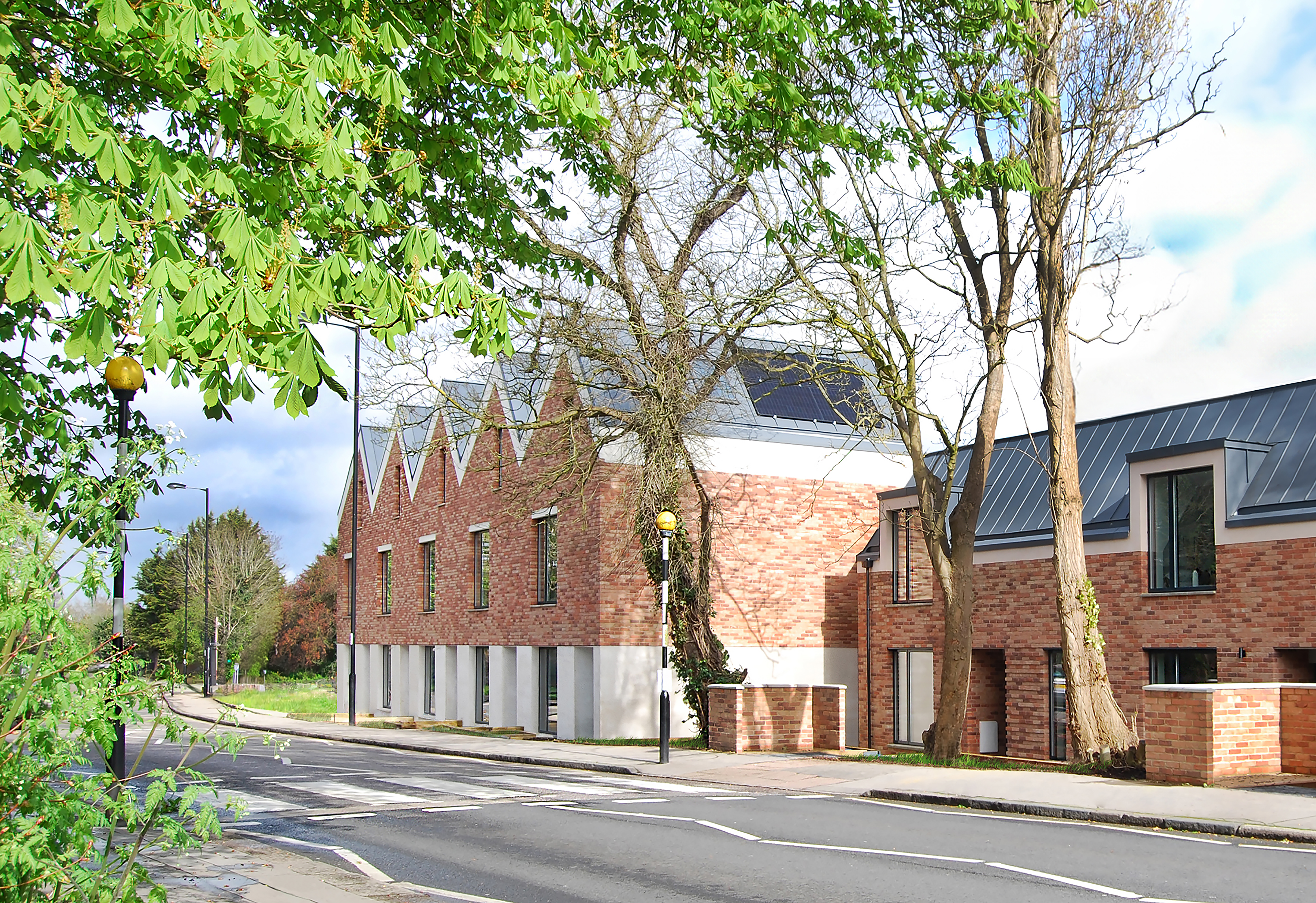 Hermitage Mews is a net-zero family of homes in London’s Crystal Palace
Hermitage Mews is a net-zero family of homes in London’s Crystal PalaceHermitage Mews by Gbolade Design Studio is a sustainable residential complex in south London's Crystal Palace, conceived to be green and contextual
-
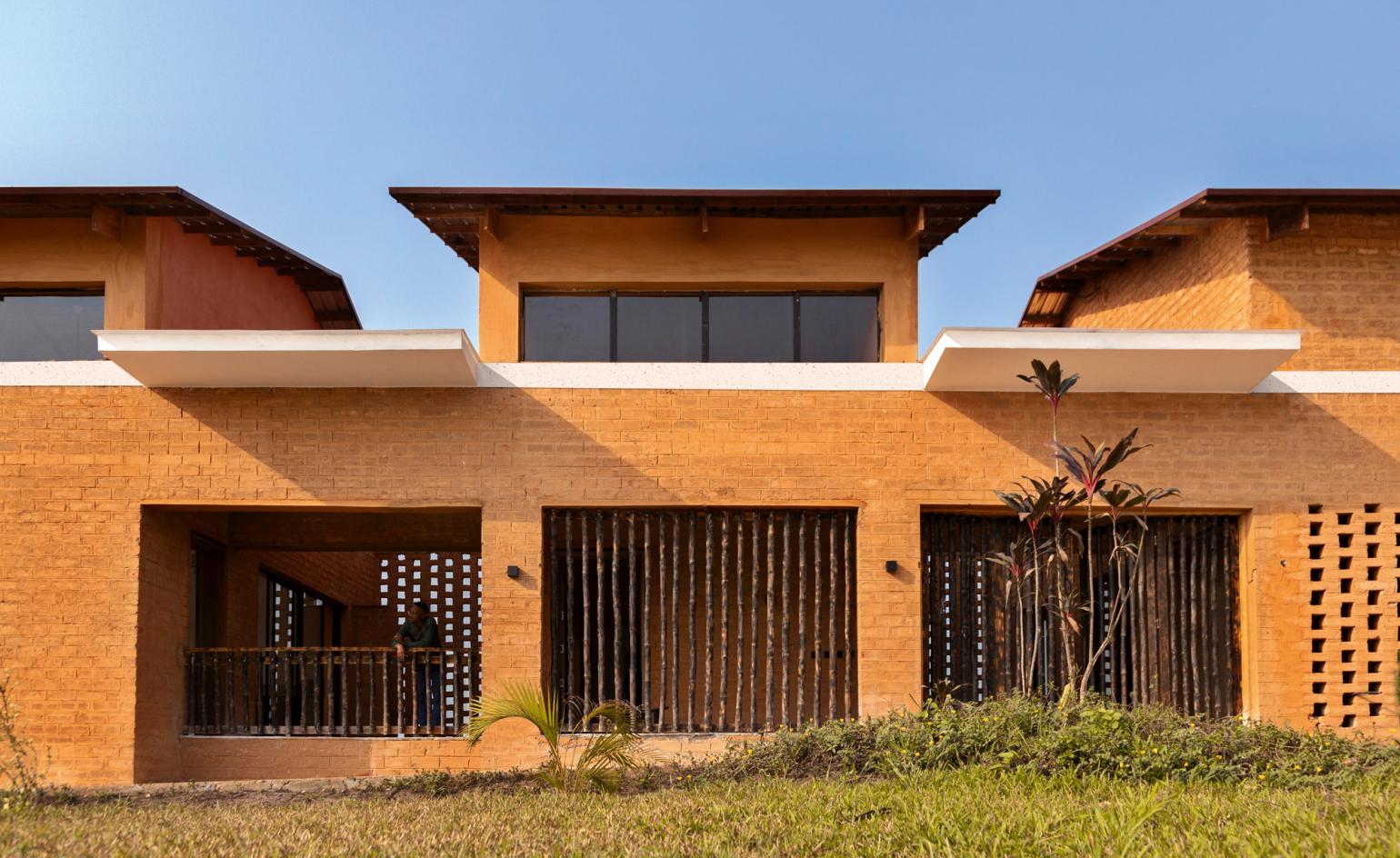 Sustainable architecture: 46 innovative and inspiring building designs
Sustainable architecture: 46 innovative and inspiring building designsThis is sustainable architecture at its best: from amazing abodes to centres of care and hard-working offices, these buildings not only look good but also do good
-
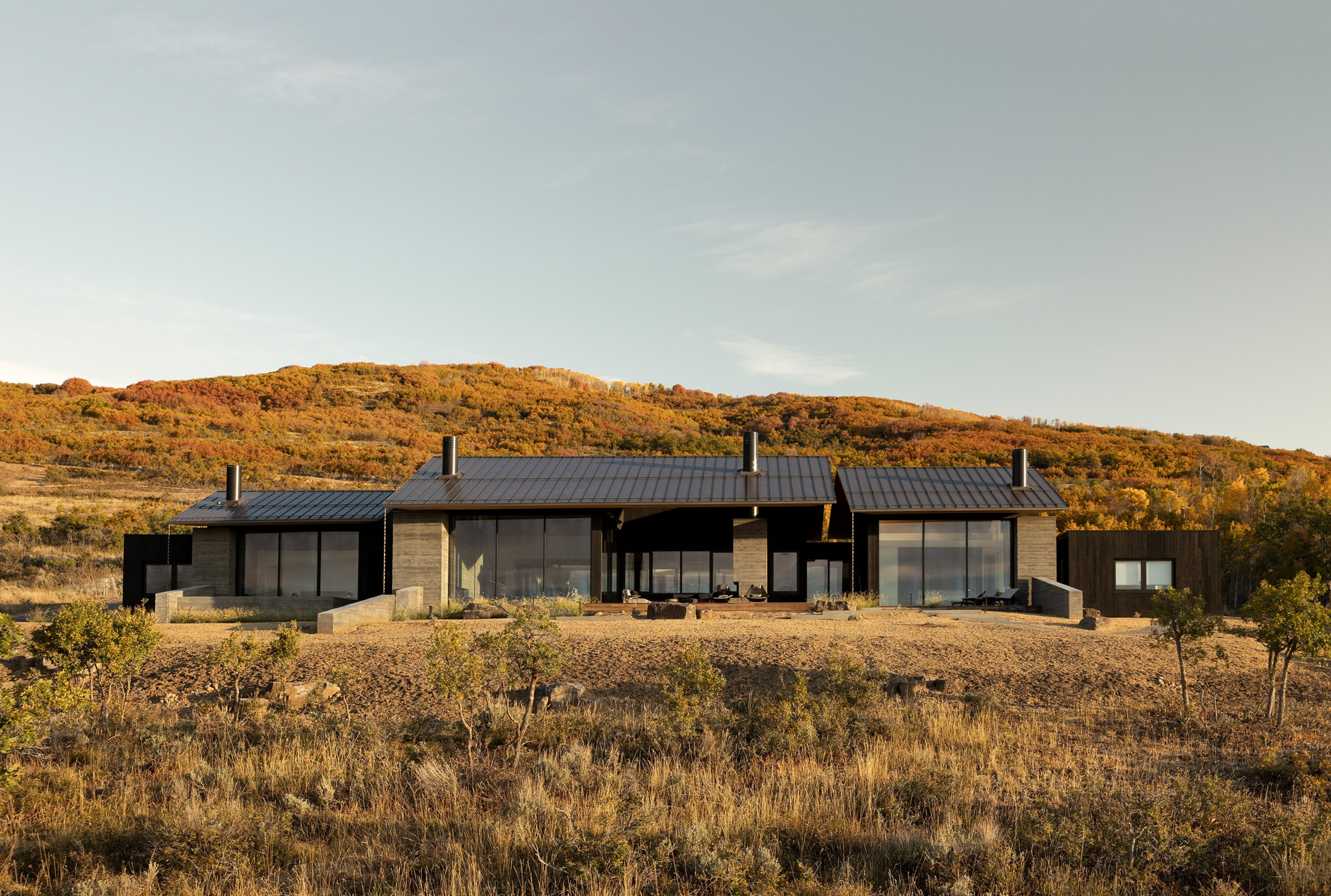 Slot House sets a high bar for sustainable architecture in Utah
Slot House sets a high bar for sustainable architecture in UtahSlot House, an energy-efficient mountain retreat in Utah, by local practice Klima Architecture, sets the bar high